
COSMOS
Cosmos spp., ANNUAL
Throughout the growing season, bees and butterflies can’t resist these colorful pinwheel-shaped blossoms with feathery foliage. Grow single or double cultivars of this easygoing bloomer in full sun, and you’ll have flowers and seeds for the birds from summer through late fall. Plants stand from 1 to 6 feet high, so no matter how large your space, there’s a type of cosmos that will fit right in.
BLACK-EYED SUSAN
Rudbeckia spp., ZONES 3 TO 9
Lovely as a background planting or in a wildflower garden, black-eyed Susan also shines when grouped with other daisy-shaped flowers. Plants range from 1 to 6 feet in height, offering a big visual impact in any size yard. Butterflies appreciate the landing pad the blooms provide, bees flock to the bright yellow color, and birds love the late-fall seed heads.
AGASTACHE
Agastache spp., ZONES 4 TO 11
Bushy and studded with blooms from mid- to late summer, agastache is a favorite of hummingbirds, butterflies and bees. Flower spires in pink, orange, yellow, blue or violet reach 2 to 6 feet high. Agastache thrives in full sun and in well-draining, fertile soil.
Bu hikaye Birds & Blooms dergisinin June/July 2020 sayısından alınmıştır.
Start your 7-day Magzter GOLD free trial to access thousands of curated premium stories, and 9,000+ magazines and newspapers.
Already a subscriber ? Giriş Yap
Bu hikaye Birds & Blooms dergisinin June/July 2020 sayısından alınmıştır.
Start your 7-day Magzter GOLD free trial to access thousands of curated premium stories, and 9,000+ magazines and newspapers.
Already a subscriber? Giriş Yap
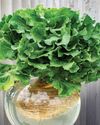
Basics of Hydroponics
Use these top tips and plant picks to have a successful soil-free garden
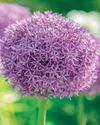
Rooted in Resilience
These hardy perennials will thrive in most zones
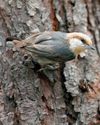
Social and Supportive
Brown-headed nuthatches take a helpful approach to raising their young

All About Owl Pellets
And why you should give a hoot about them
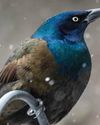
Ask the Experts
Advice from our pros about houseplants, bird feeding and more
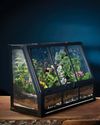
BRING THE OUTDOORS IN
Making a terrarium is about as close as you can get to a Zen DIY project. Once you have gathered the proper materials and squared away your plant selections, it's as simple as layering it all together and watching your mini ecosystem thrive. Here, I'll walk you through my foolproof process and cover all the required elements for good filtration, healthy soil, strong root growth and resistance against fungus and disease.

GROW THIS. NOT THAT
Six easy-to-grow houseplants—and six that may not be the right choice for you
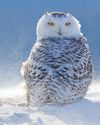
Winter MAGIC
Forecasts may be frigid, but grab your binoculars because birding opportunities are still incredible

Sense or Nonsense? - Why some birds can taste and smell - but others can't
Does a porcelain berry taste like a blueberry to a gray catbird? Does a block of lard smell like frying bacon to a northern flicker? The short answer is no. While some avian species do have a well-adapted sense of taste or smell, they can't distinguish between flavors and odors the way humans can. They're not picking up every ingredient in the suet you put out, says José Ramírez-Garofalo, an ornithology researcher at Rutgers University in New Jersey and the director of Freshkills Biological Station in Staten Island, New York.
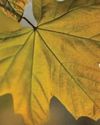
Maple Mania - Amazing facts about this fall foliage mainstay
Amazing facts about this fall foliage mainstay